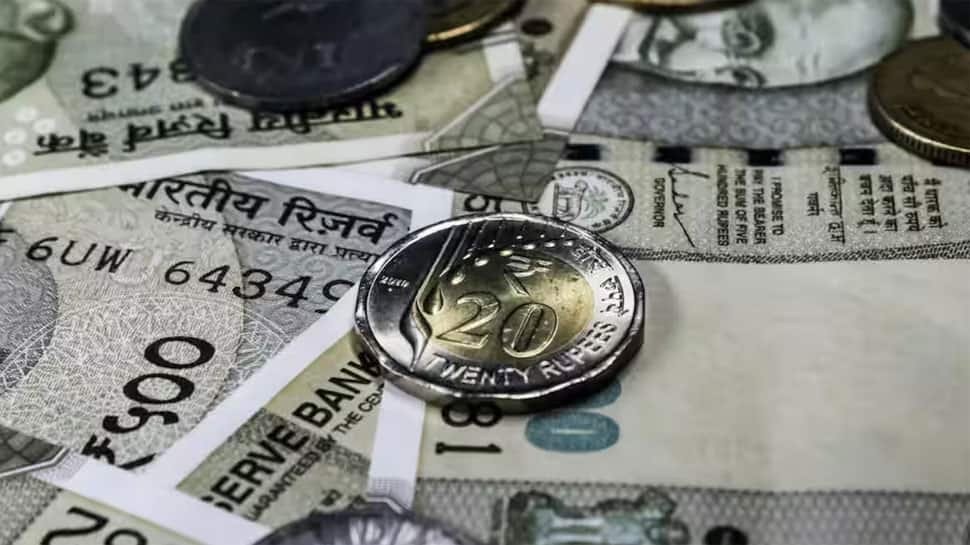New Delhi: Illegal gains in the Jane Street scandal may not be limited to Rs 4,843 crore but may actually amount to as high as Rs 1 lakh crore, sources told Zee Business. They also said that the Jane Group’s involvement in alleged market manipulation extends beyond the known four entities, with 3-4 more associated firms under the scanner. The revelation comes days after capital market regulator SEBI cracked its whip on Jane Street, barring the US-based high-frequency trading firm from Dalal Street, accusing the company and its India-incorporated entities of having taken large derivative positions to manipulate indices such as Nifty Bank.
The market watchdog–headed by Tuhin Kanta Pande, who took charge in March after his predecessor left office the previous month–seized $567 million (Rs 4,843 crore) of its funds, saying an investigation found it manipulated stock indices through positions taken in derivatives.
SEBI has also alleged that the US firm had bought large quantities of Nifty Bank constituents in the cash and futures markets to artificially support the index in morning trade, while simultaneously building large short positions in index options. Later in the day, Jane Street reversed the trades to profit from options positions, SEBI mentioned in its 105-page order against the US-based group.
On Monday, Pandey said that there “may not be many more such cases”, without elaborating. He also described SEBI’s intent to enhance its surveillance to scrutinise manipulation in derivatives trading.
Was abnormal F&O data screaming manipulation during Buch’s term and no SEBI action materialised?
The sources also highlighted several instances of violent expiry-related moves in the country’s derivatives market back in 2024—when Madhabi Puri Buch was at the helm of the country’s market regulator.
“In each case, the implied volatility of more than three sigma (3σ), causing the index to move by as much as two per cent. This indicates no investment move but a planned manipulation,” said the sources.
Implied volatility–often referred to as IV–is a key indicator in the futures and options (F&O) segment, with any spike typically suggesting the expectation of larger price action. In statistics, sigma represents standard deviation, which is a measure of variation or spread.
The sources also pointed out “several instances where IV was deliberately suppressed to keep the market in a range”, with the settlement “intentionally kept within 0.10 to 1.1 points of the strike price”.
Here are some examples of such abnormal spikes in the market in 2024, according to sources:
November 28, 2024: IV in Nifty jumped from 14.3% to 27.7%, with a 400-point fall
December 5, 2024: IV in Nifty rose from 22% to 37.7%, with a 490-point rally
December 13, 2024: IV in Sensex jumped from 9.5% to 27.8%, with a 1,900-point surge
November 22, 2024: IV in Sensex moved from 16% to 30%, with a 1,700-point swing
December 30, 2024: IV in Midselect jumped from 11.5% to 32.5%, with a 300-point surge
January 2, 2025: IV in Nifty rose from 12% to 26%, with a 470-point rally
Quiet expiry date examples:
October 24, 2024: IV: 15% to 4%, Range: 34 pts, Closing: 0.6 pts away
November 21, 2024: IV: 14% to 4%, Range: 42 pts, Closing: 0.1 pts away
June 13, 2024: IV: 16.5% to 7%, Range: 50 pts, Closing: 1.1 pts away
December 17, 2024: On a Tuesday, IV jumped from 11% to 19%, with a 350-point move
NSE flagged big spikes to SEBI but no action
NSE was learned to have flagged the spikes since January 2024, however, there was no prompt action from SEBI in this regard, said sources.
“Before January 2024 also, there were spikes but they were not as big… Those were reported as procedure,” said the sources.
The data suggests that the manipulation wasn’t limited to expiry days. On Tuesday, December 17, 2024, for instance, a non-expiry day, the Nifty50 saw a sharp 350-point move with the implied volatility soaring from 11 per cent to 19 per cent. SEBI itself termed this as the “first mid-week manipulation case”.
According to sources, this was perhaps the first time under Buch’s leadership that SEBI showed signs of noticing the problem. However, it was already too late as the pattern was well-established.
They also said that Buch had invested via the FPI structure in Singapore and was busy enjoying profits, so did not pay any heed to the red flags.
Major manipulation cases surfaced during Madhabi Puri Buch’s tenure
Several cases related to suspected market manipulation surfaced during Buch’s term as SEBI Chairperson, with several instances where the same patterns were followed like pre-positioned in options followed by index moves, according to sources.
“However, SEBI didn’t take any strict action… It had the charts, the evidence, the pattern: but no response,” said the sources.
Under her watch, the regulator remained a silent spectator while blatant market manipulation took place, they added.
India’s derivatives market has grown leaps and bounds…
Dalal Street houses the world’s largest derivatives market, accounting for nearly 60 per cent of the 7.3 billion equity derivatives traded globally in April, according to the Futures Industry Association.
The surge in derivatives trading–which has also been driven by retail investors–has prompted the Securities and Exchange Board of India (SEBI) to limit the number of contract expiries and increase lot sizes to make such trades more expensive.
#Illegal #Gains #Jane #Street #Scandal #Amount #Lakh #Crore #Economy #News



